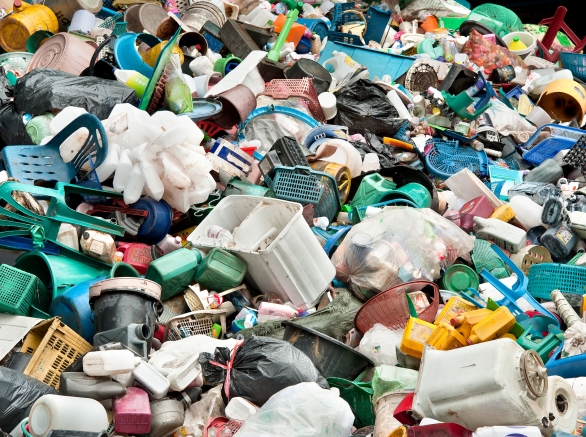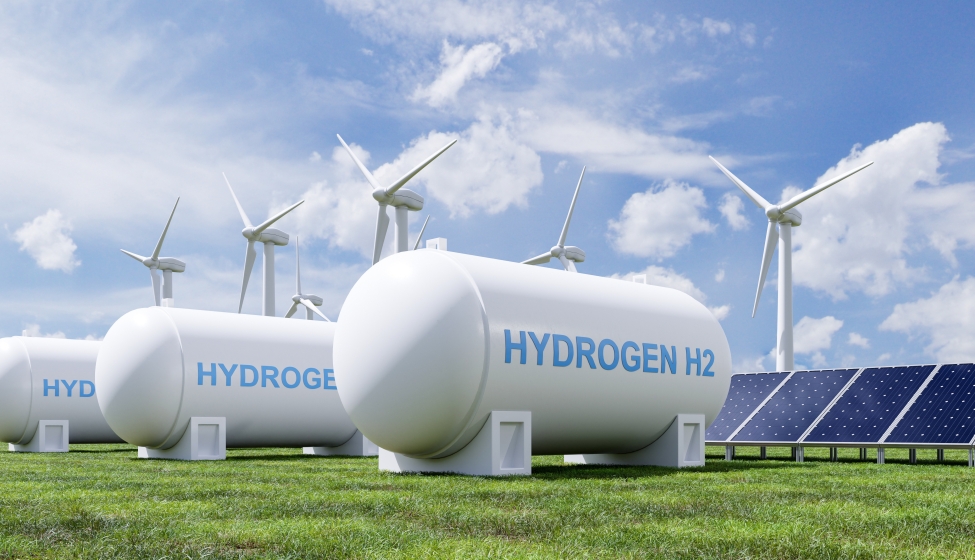October 16, 2023
$7 billion in funding for Regional Clean Hydrogen Hubs will fuel growth of next-generation green technologies
Out of dozens of submissions, the Department of Energy has designated seven Regional Clean Hydrogen Hubs (H2Hubs), focused on connecting clean hydrogen producers, transporters, and consumers. The H2Hubs are an important element to grow the clean hydrogen industry in the U.S.
Funded by last year's Infrastructure Investment and Jobs Act, the Hydrogen Hubs will receive a combined total of up to $7 billion in federal funding to be distributed over a period of 8 to 12 years. This measure complements other incentives in the Inflation Reduction Act, such as production tax credits for clean hydrogen. Both measures are also poised to unlock private funding for the emerging clean hydrogen industry and thus accelerate the energy transition.
Changing the ways hydrogen is generated and used
Currently, the most common method for generating hydrogen is converting methane from natural gas into hydrogen through steam reforming, which also generates carbon dioxide and leads to greenhouse gas emissions. Aside from limited regional trade, most produced hydrogen is used today as a feedstock in refineries, ammonia and methanol plants, and the steel industry.
Conversely, H2Hubs will produce clean hydrogen using either renewable-energy-powered electrolysis or combining steam reforming with carbon capture technology. H2Hubs will also establish new value chains for hydrogen. For example, it is widely anticipated that some hydrogen will be converted to clean ammonia for export.
Obstacles to growing the hydrogen economy
Two major obstacles for the growing hydrogen economy stand out.
First, the imbalance of supply and demand. While current government incentives mostly boost supply, securing offtake agreements is still a challenge for many producers. Recognizing this, DOE has proposed a multi-year financial support mechanism to strengthen demand for clean hydrogen and increase revenue certainty for H2Hubs. This is an important step to enable private sector financing needed "to accelerate the commercialization of clean hydrogen." DOE plans to commit up to $1 billion to this demand-side support mechanism for the H2Hubs.
Second, according to the moderator of the Reuters Hydrogen North America 2023 Summit, electrolyzer manufacturing capacity is constrained. Additional orders placed with the top three manufacturers may take multiple years before these stacks can be shipped. While manufacturers have begun announcing additional manufacturing capacity, it will take time before additional plants come online.
The seven selected Regional Clean Hydrogen Hubs
The seven selected H2Hubs include different hydrogen generation technologies, regions, and intended offtakers:
- Appalachian Hydrogen Hub: Appalachian Regional Clean Hydrogen Hub (ARCH2); West Virginia, Ohio, Pennsylvania; up to $925 million — focuses on converting natural gas to hydrogen and sequestering associated carbon dioxide emissions. This H2Hub also includes the development of hydrogen pipelines and hydrogen fueling stations.
- California Hydrogen Hub: Alliance for Renewable Clean Hydrogen Energy Systems (ARCHES); California; up to $1.2 billion — focuses on decarbonizing public transportation, heavy-duty trucking, and port operations by using hydrogen generated exclusively from renewable energy and biomass.
- Gulf Coast Hydrogen Hub: HyVelocity H2Hub; Texas; up to $1.2 billion — focuses on large-scale hydrogen production using both natural gas with carbon capture and renewables-powered electrolysis.
- Heartland Hydrogen Hub: Minnesota, North Dakota, South Dakota; up to $925 million — Focuses on providing clean hydrogen for fertilizer production, electric generation, and cold climate space heating.
- Mid-Atlantic Hydrogen Hub: Mid-Atlantic Clean Hydrogen Hub (MACH2); Pennsylvania, Delaware, New Jersey; up to $750 million — focuses on renewable hydrogen production facilities from renewable and nuclear electricity using both established and innovative electrolyzer technologies. Intends to repurpose historical oil infrastructure and use existing rights of way.
- Midwest Hydrogen Hub: Midwest Alliance for Clean Hydrogen (MachH2); Illinois, Indiana, Michigan; up to $1 billion — focuses on supplying clean hydrogen generated from renewable energy, natural gas, and low-cost nuclear energy for steel and glass production, power generation, refining, heavy-duty transportation, and sustainable aviation fuel.
- Pacific Northwest Hydrogen Hub: PNW H2; Washington, Oregon, Montana; up to $1 billion — focuses on using renewable resources to produce clean hydrogen exclusively via electrolysis.
DOE estimates that collectively the H2Hubs will produce three million metric tons of hydrogen annually, reaching nearly a third of the 2030 U.S. production target and lowering emissions from hard-to-decarbonize industrial sectors that represent 30% of total U.S. carbon emissions.
What Can We Help You Solve?
Exponent helps clients innovate new hydrogen technologies and address challenges with electrolyzers, fuel cells, liquefaction, carbon capture processes, and ammonia conversion systems. We support safety/risk, sustainability, and efficacy assessments of hydrogen technologies within a larger portfolio of sustainability initiatives including renewable energy, batteries, nature-based projects, and carbon-capture and utilization technologies.
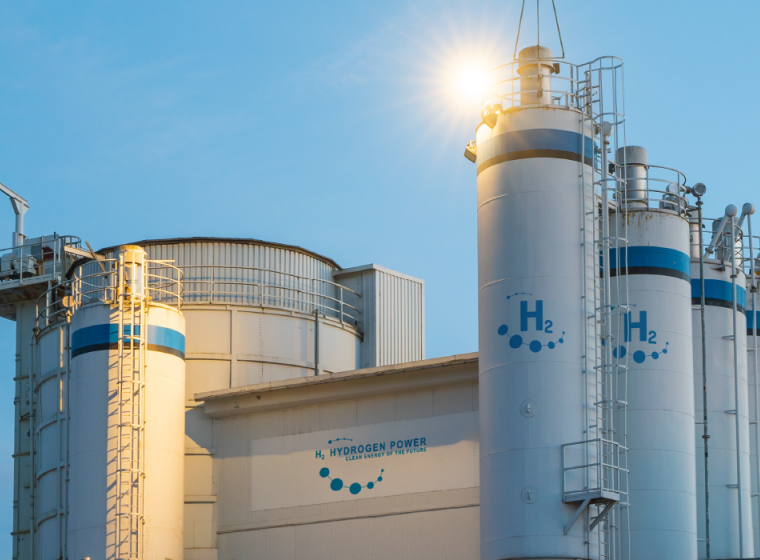
Hydrogen Systems & Fuel Cell Technologies
Innovate with new hydrogen technologies and solve challenges with electrolyzers, fuel cells, liquefaction technologies, and ammonia conversion systems.

Thermal Sciences Expertise for Energy Systems
Energy systems design, safety, and compliance consulting across a range of industries, including oil and gas, renewable and utility power generation.
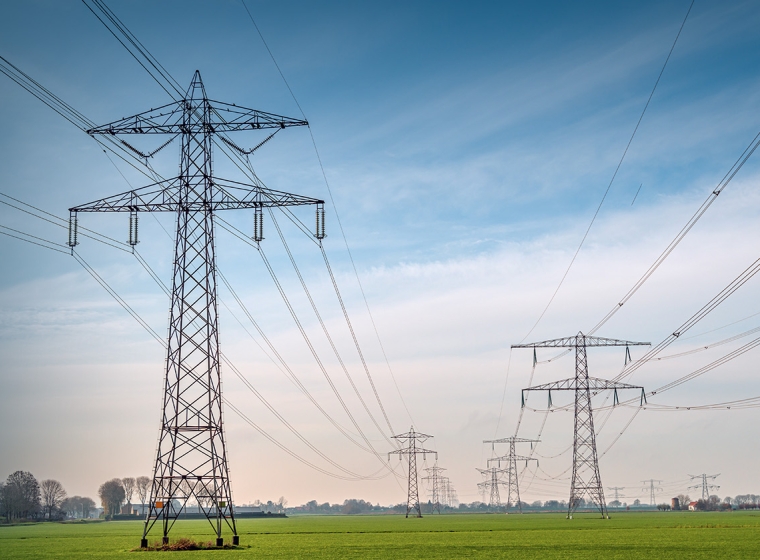
Thermal Sciences Expertise for Utilities
Overcome any utility operations challenge — from safety to asset management, and more.
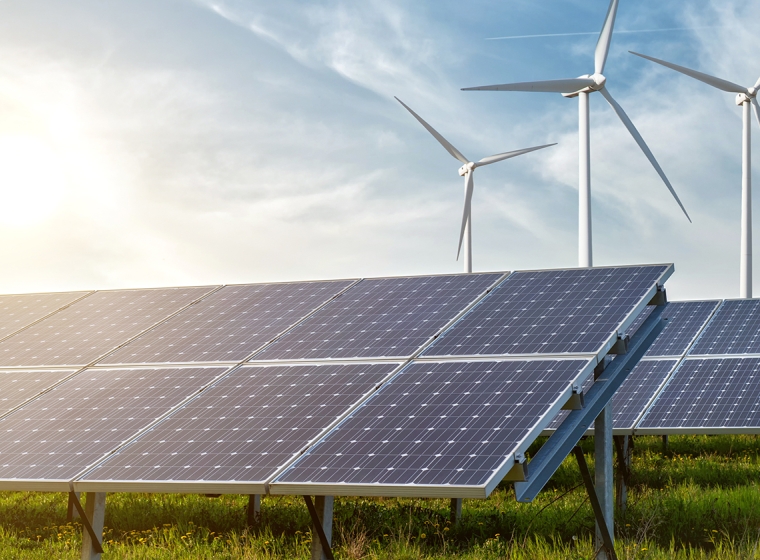
Solar & Wind Energy
Consulting on solar system design, construction, and functionality to the operation and maintenance of wind turbines.

Corrosion Science & Technology
Breakthrough insights for all types of corrosion and environment-related degradation challenges.
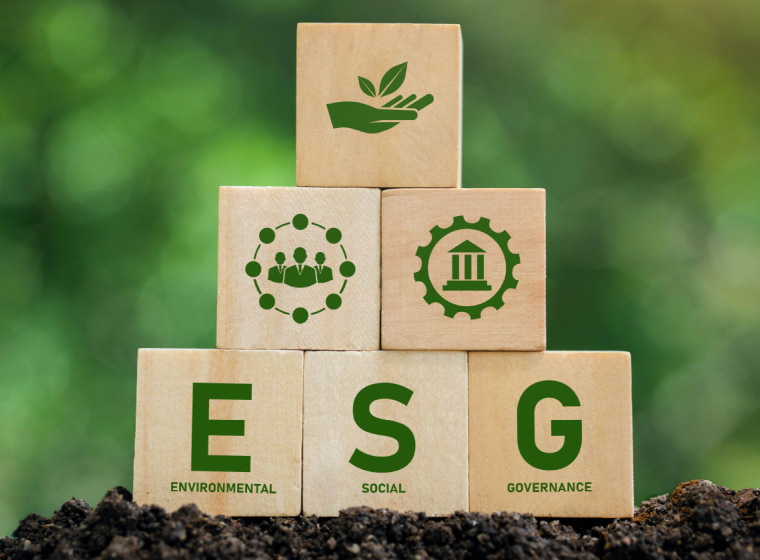
Sustainability
Meet changing sustainability regulations with rigorous science and experienced consulting services.
Insights
